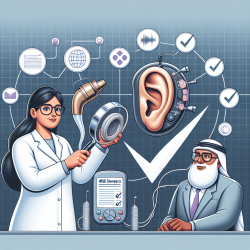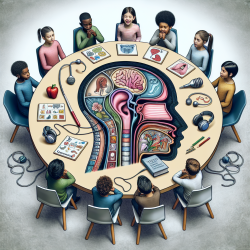Introduction
Chronic pain in children is a significant yet often overlooked issue, with prevalence rates varying globally between 20% and 44%. Despite this, pediatricians often underestimate its occurrence, estimating it at about 3% in their practices. A recent study titled Chronic pain concepts of pediatricians: a qualitative survey sheds light on the perceptions and explanations pediatricians have regarding chronic pain in children.
Key Findings from the Research
The study, conducted among Swiss pediatricians, revealed a significant discrepancy between what pediatricians believe causes chronic pain and how they explain it to patients and their families. The majority of pediatricians attributed chronic pain to psychological factors, yet when communicating with patients, they often emphasized biological causes.
The study identified several themes:
- Psychological Factors: Pediatricians frequently cited psychosomatic origins for pain, suggesting a strong belief in psychological underpinnings.
- Biological Factors: When explaining pain to families, biological explanations such as altered nociception and trauma were predominant.
- Unclear Etiology: Many pediatricians expressed uncertainty about the exact cause of pain, indicating a need for better diagnostic tools.
- Multifactorial Causes: Few pediatricians acknowledged the biopsychosocial model, which integrates biological, psychological, and social factors.
Implications for Practice
The findings suggest a need for pediatricians to align their beliefs with their explanations, promoting a biopsychosocial approach. This model, now part of the ICD-11 classification, views chronic pain as a multifactorial condition, encouraging interdisciplinary care involving physiotherapy, medication, and psychotherapy.
To improve outcomes for children with chronic pain, pediatricians should consider the following steps:
- Embrace the Biopsychosocial Model: Adopt a holistic view of chronic pain that considers psychological and social factors alongside biological ones.
- Enhance Communication: Engage in open dialogues with patients and families about the nature of chronic pain, reducing diagnostic uncertainty.
- Interdisciplinary Approach: Collaborate with other healthcare professionals to provide comprehensive care.
Encouraging Further Research
There is a clear need for more research into pediatric chronic pain, particularly studies that explore the integration of the biopsychosocial model in clinical practice. Pediatricians are encouraged to delve deeper into this field to better understand and manage chronic pain in children.
To read the original research paper, please follow this link: Chronic pain concepts of pediatricians: a qualitative survey.










